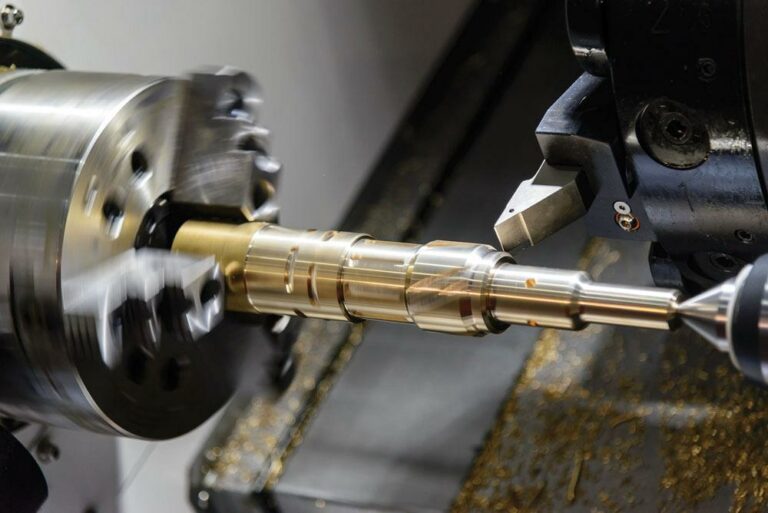Carbide inserts have transformed machining with their speed and exact cuts. They let makers make more items without losing accuracy.
With sharp edges, they remove material neatly, giving a great finish that hardly needs extra work. Made just right for steel, iron, or aluminum. These parts boost output while keeping quality high. Plus, the many designs of their cutting edges mean each job gets its perfect match.
Enhanced Precision in Machining
Carbide inserts have transformed machining with their hard, wear-resistant edges. These tools cut cleanly through metals like steel and aluminum at high speeds. Less energy is used and costs drop.
Smooth cuts from sharp insert edges mean less work on parts after they’re shaped. This saves time and cash. Tailored to the metal in use, these inserts boost performance and efficiency while lasting longer before needing a switch-out, slashing tool expenses, too.
Extended Tool Longevity
Carbide inserts now boast longer life thanks to high-tech coatings. Methods like CVD and PVD toughen tools against wear, allowing them less downtime from changes. This boosts work speed significantly. Beyond just toughness, the design of these tools evolves continually, now tailored for distinct tasks at hand.
This means a shop can pick specific shapes that match their jobs perfectly. Looking ahead, even more, advancements loom on the horizon, with nanotechnology in play to further harden materials and 3D printing tech, enabling complex structures that are impossible or costly to make by traditional methods. Machines are becoming data-centric with smart sensors in carbide tools.
This promises efficiency and cost reduction by precisely monitoring tool conditions during use.
Diverse Material Applications
Carbide inserts have significantly broadened the scope of materials machinable with consistency. As carbide withstands high temperatures, it ensures swifter cutting when tackling tough alloys and stainless steel, outperforming traditional tools under stress. These advanced cutters took root in industry practices back in the 1930s, a testament to their enduring utility.
Differentiated by design, small-scale tools may be made entirely from carbide, while larger variants retain carbide-tipped cutting edges bonded to robust bodies for precise geometry shaping. Such finesse enhances surface finish accuracy during machining operations, a leap aided by CAD/CAM systems that perfect pressing die designs before production kicks off. Experts lead innovation at ISCAR in milling and material science. They advance techniques integral to metalworking’s technical evolution without compromising precision or tool life expectancy across diverse applications.
Carbide inserts have transformed machining, offering remarkable durability and precision. These robust tools resist wear from high-speed operations, enabling machines to work longer with consistent results. They cut harder materials easily while maintaining sharpness far beyond traditional steel counterparts.


Comments are closed.